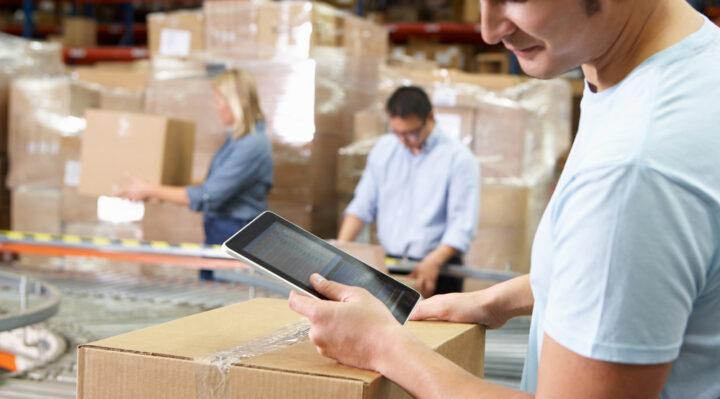When shipping boxes or other packages, you need to trust that they’ll arrive at their destination in good condition and not burst open. However, more than just a substantial container is essential in shipping. To ship goods with the best chance of them surviving the journey, you need to think about how the packaging must perform and what materials are used for this purpose. Everything from the box itself to the contents needs to be considered.
While there are many different reasons why shipping packaging matters so much, the end goal is always the same: to keep products safe while they’re being shipped. Whether you’re using direct-to-consumer mailers or wooden crates, let’s take a closer look at why it’s essential to choose the proper packaging when shipping.

- Return Shipment Costs Are High
Shipping costs are often calculated based on the weight of the item being transported. When used correctly, certain packaging materials can be significantly lighter than others, which means they will have a lower shipping price. Heavier fabrics can result in higher shipping costs.
It’s one thing to ship a package in one direction, but when the price of free customer returns is too high, businesses either need to absorb the costs or let the customer keep the unwanted item. Either way, it’s a loss for the company. This can especially be a problem for online retailers who often have many items being shipped back and forth simultaneously and need to cover those costs while things are still in transit. Regarding shipping packaging, the lightest appropriate packaging is the best choice.
- Shipping Terms Can Make or Break Your Business
Companies have to stay competitive to win new customers. One way they do this is by offering free or deeply discounted shipping. However, to keep their costs down, they often have to ship goods using lighter packaging materials like paper and cardboard.
These materials are not as strong and durable as materials made from plastic so they can be more prone to damage. Businesses often have to walk a fine line between suitable packaging that gets the product there safely and affordable packaging that controls costs.
- Damaged Goods Can Lead to Problems
Shipping packaging has to be strong enough to withstand the journey from one end of the world to the other. This journey can take weeks or months, depending on the distance. During this time, packages are at risk of several dangers, such as extreme weather conditions, being dropped or knocked over, and sliding around inside the cargo area of a ship.
When packaging is too flimsy, it can be more susceptible to damage and may not stay intact during the shipping process. When this happens, the goods inside may be damaged. This can cause problems for the shipper, the recipient of the goods, and the brand itself. When goods are rejected due to damage, it can lead to added shipping costs, a loss of revenue, and a tarnished brand image. In some cases, the goods may need to be disposed of altogether, leading to even more significant losses because of the disposal cost.
- Protect the Environment While Still Shipping Goods
It’s essential to be conscious of how your choice of shipping materials affects the environment. Some materials, such as styrofoam peanuts, can cause harm to the environment, especially when they’re improperly disposed of. It’s essential to use packaging that can be safely disposed of once it’s arrived at its destination.
Some choices available include recycled packaging, compostable packaging, corrugated cardboard, biodegradable cellulose packaging, packing peanuts made from biodegradable cornstarch, and air pillows made of recycled materials.
- Brands Take Pride in Their Packaging
Many brands take pride in the quality of their packaging and goods. For example, luxury brands often use heavy-duty packaging to help protect their products and make their customers feel like they’re getting first-class treatment. Other companies might prioritize sustainability and use recycled materials, making their green approach part of their branding. In either case, the packaging can set the tone for the consumer’s expectations.
Ship Shape
When shipping products, it’s essential to keep fragile items safe during shipping, prevent damage to the contents, and ensure products arrive undamaged and in working order. Your packaging can be your customer’s first hands-on experience with your brand, and you want to make a good impression. Additionally, it’s crucial to protect the environment while still shipping goods. By ensuring that items are adequately packaged, you can ensure that they arrive at their destination in one piece while also causing the least harm to the environment.



